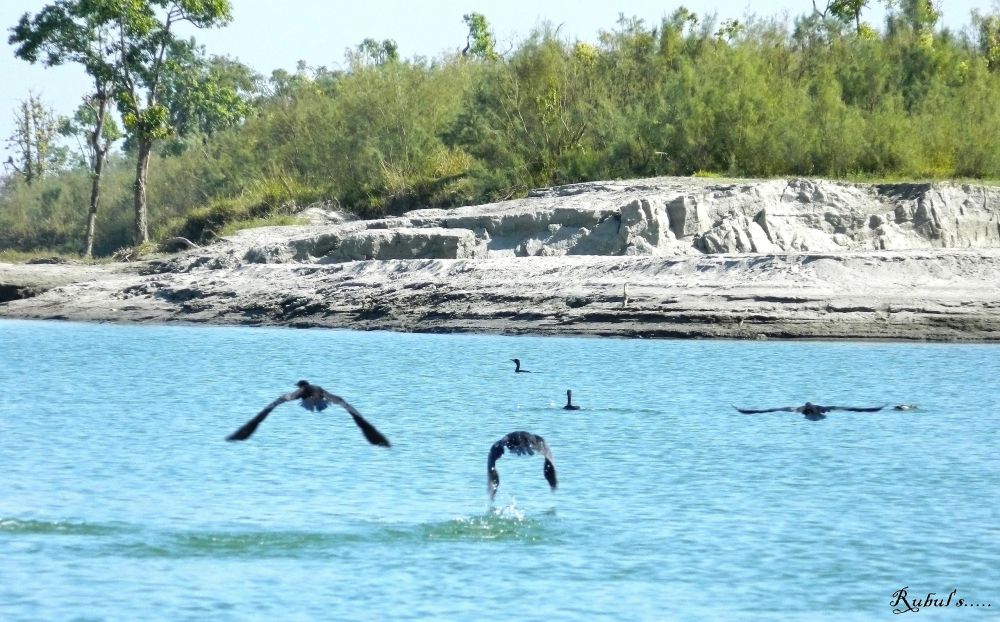

Dibru-Saikhowa National Park, situated in the floodplains of the Brahmaputra River in the Tinsukia District of Assam, India, is recognized as a biodiversity hotspot. Spread across an area of about 340 square kilometers, the park is renowned for its rich and unique wildlife. The history of tourism in Dibru-Saikhowa National Park reflects a growing awareness and appreciation of India's natural treasures.
Originally designated as a Reserve Forest in 1890, Dibru-Saikhowa saw a series of conservation efforts leading to its eventual declaration as a Biosphere Reserve in 1997. The park's formal establishment as a protected area marked the beginning of a regulated tourism industry aimed to promote eco-tourism and conservation awareness.
In the late 1990s and early 2000s, the importance of eco-tourism was recognized by the Assam state government, leading to the implementation of initiatives that promoted sustainable travel experiences. Dibru-Saikhowa National Park became a focal point for these developments, providing visitors with opportunities to explore its rich ecosystems while ensuring minimal impact on the environment.
Through the years, Dibru-Saikhowa has become an increasingly popular destination for birdwatchers, nature enthusiasts, and wildlife photographers. The presence of rare species such as the White-winged Wood Duck, Water Buffalo, and Feral Horses, along with its diverse flora, has contributed greatly to the park's allure. Dedicated conservation efforts and regulated tourism policies have allowed for a balance between accessibility and preservation.
Today's tourists to Dibru-Saikhowa National Park seek immersive experiences that combine adventure with learning about environmental conservation. River cruises on the Brahmaputra, guided wildlife tours, and nature walks are among the sought-after activities. Eco-friendly accommodations and the promotion of local culture add to the sustainable tourism model that the park advocates for.
Despite its success, tourism in Dibru-Saikhowa faces challenges such as managing visitor impact and ensuring the well-being of the wildlife. Future prospects involve enhancing visitor facilities, training local guides, introducing more eco-friendly practices, and extending research opportunities to better understand and protect the park's ecosystems.
Dibru-Saikhowa National Park's history of tourism is a testament to the evolving relationship between humans and nature. From its early conservation efforts to its current role as a beacon of eco-tourism, the park continues to inspire and educate visitors from around the world. The goal moving forward is to maintain this delicate balance between enjoying the park's natural beauty and preserving it for future generations.